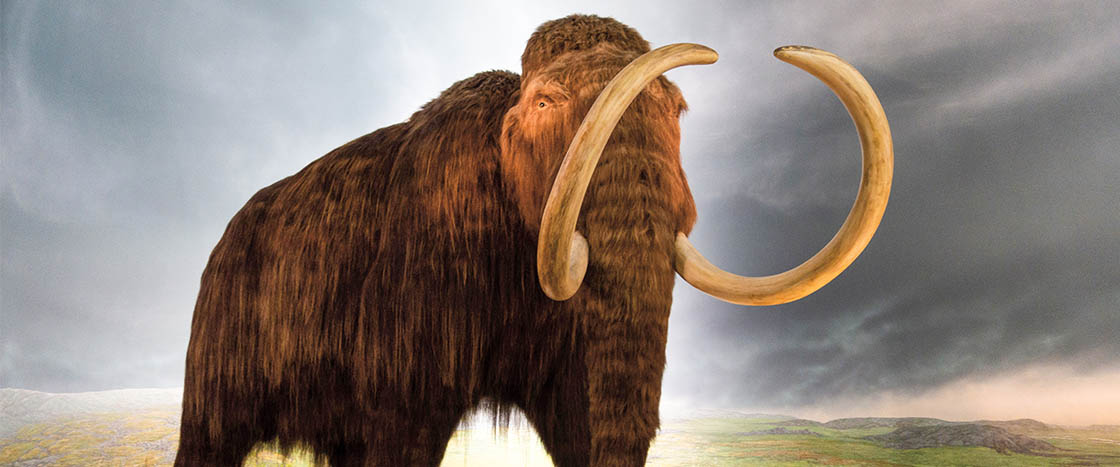What if you could beam yourself back in time to the year 25,000 B.C.? You’d get to explore a world very different from the one we live in now. You might see a saber-toothed cat stalking its prey or a group of animal-skin-clad humans huddled around a fire.
Or, you might come face-to-face with one of the most majestic creatures ever to lumber across the Earth: the woolly mammoth. With their long trunks and sharp, curved tusks, woolly mammoths were the kings of the Ice Age. They stood as tall as a basketball hoop and weighed as much as a school bus.
The last of these furry giants died out about 4,000 years ago. But traces of them can still be found. Mammoth remains, some remarkably well preserved, have been discovered in Siberia, a cold region in Russia.
Now, some scientists are searching for a way to bring these behemoths back. This research has triggered a debate among scientists, animal rights groups, and the public: Is bringing back extinct creatures a good idea?

